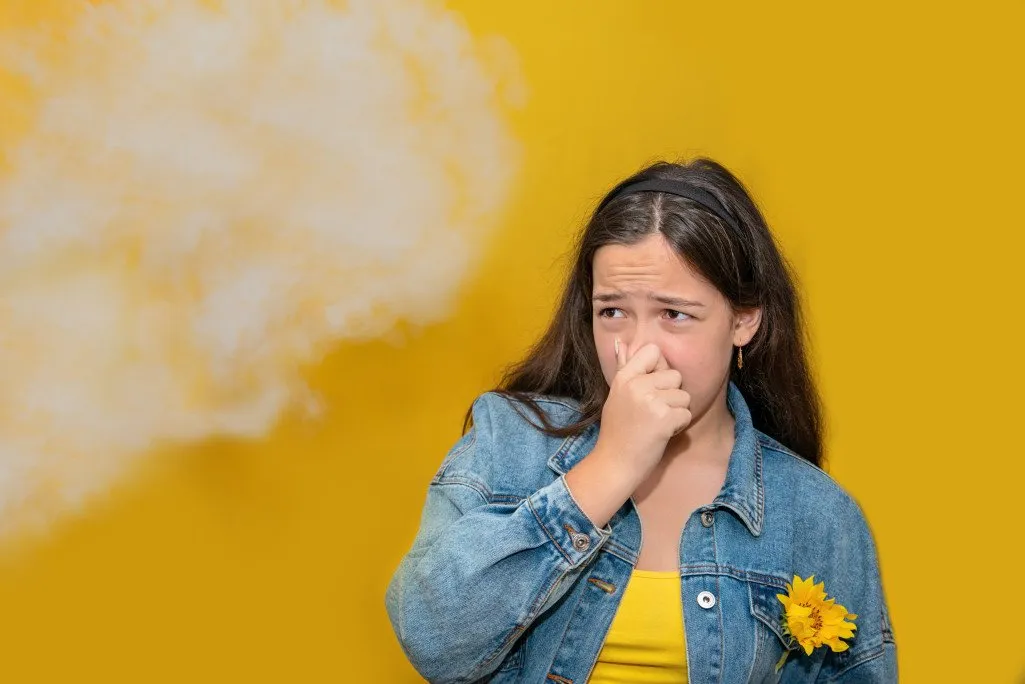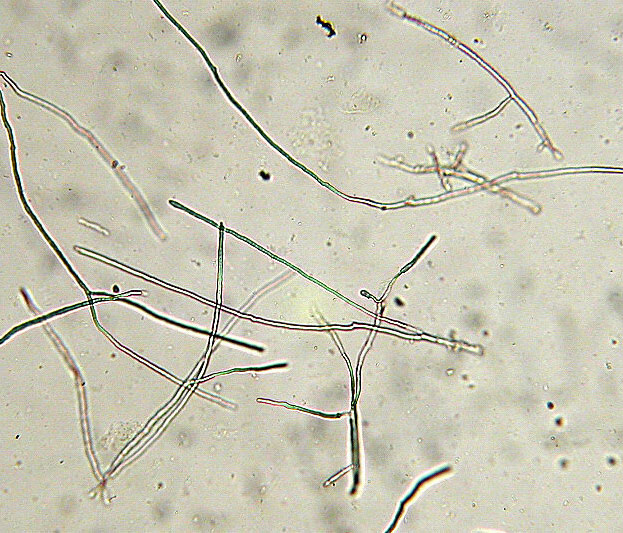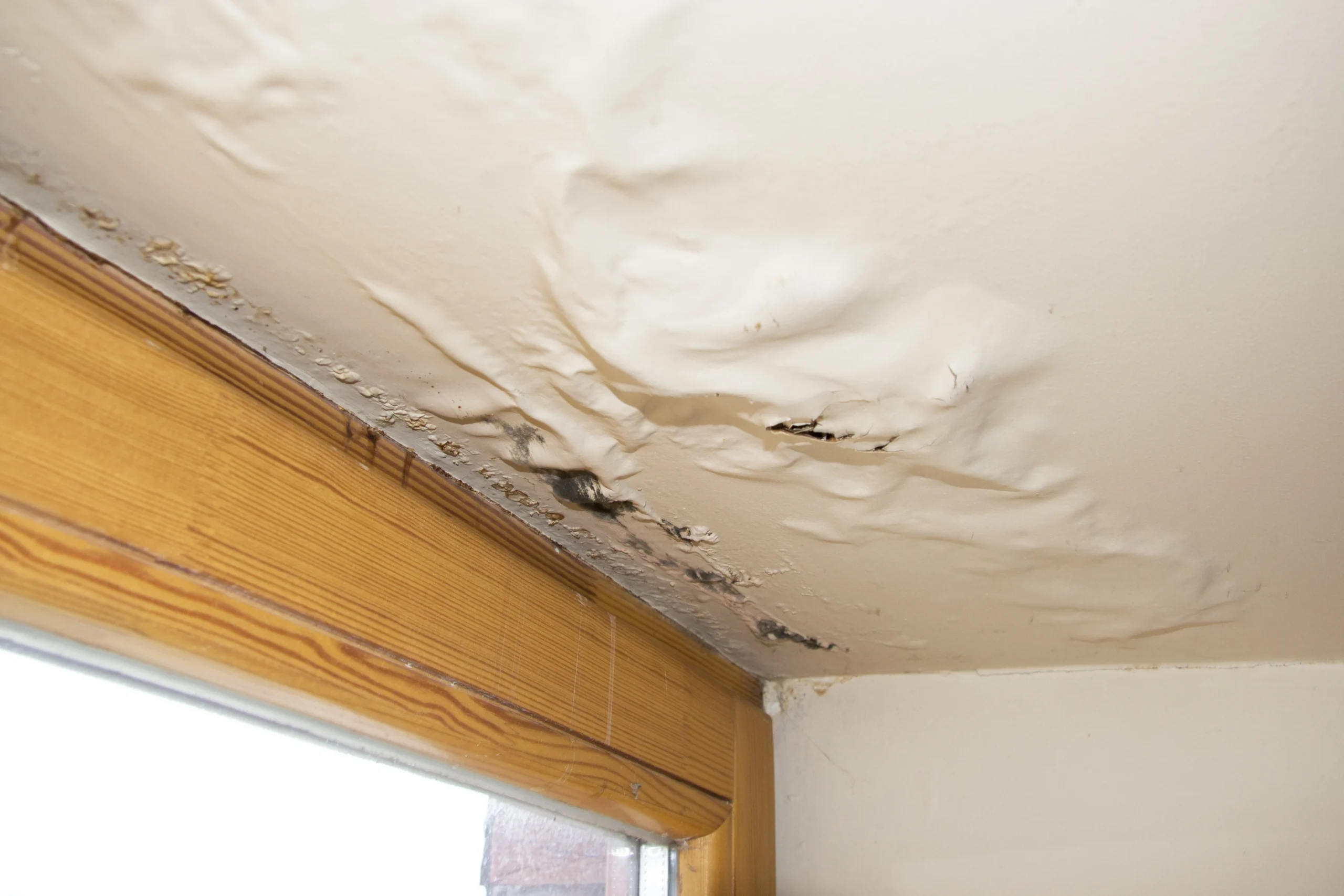Mold infestations are often associated with visible growth or strong odors, but what about the microscopic components fueling their spread? Hyphal fragments, the building blocks of mold, are a lesser-known yet critical part of mold proliferation. This article dives deep into what hyphal fragments are, why they’re a health concern, and how to identify, remove, and prevent them in your home.

What Are Hyphal Fragments, and Why Are They Important?
Hyphal fragments are small pieces of hyphae, the thread-like structures that make up the mycelium of mold. These fragments are microscopic but can break away from the main mold colony and spread through the air. Once airborne, they settle on new surfaces, facilitating mold growth in previously unaffected areas.
Understanding hyphal fragments is essential because their presence can indicate an active mold problem, even if no visible mold is detected. These fragments also carry allergens and toxins that pose risks to health.
How Do Hyphal Fragments Spread?
- Air Movement: HVAC systems, fans, and natural airflow can disperse fragments.
- Water Damage: Leaks and flooding can transport fragments to new areas.
- Physical Disturbance: Cleaning or moving moldy items can release fragments into the air.
Health Risks of Hyphal Fragments: Why You Should Be Concerned

Although hyphal fragments are invisible to the naked eye, they can have a significant impact on health. These fragments contain mold spores, allergens, and sometimes mycotoxins, which can lead to various health problems:
- Respiratory Issues: Coughing, wheezing, and asthma attacks
- Allergic Reactions: Sneezing, runny nose, and itchy eyes
- Skin Irritation: Redness, itching, or rashes caused by contact with contaminated surfaces
- Chronic Fatigue: Prolonged exposure can lead to systemic inflammation and fatigue
Symptoms Associated with Hyphal Fragments
| Exposure Level | Symptoms | At-Risk Groups |
|---|---|---|
| Low | Sneezing, mild coughing, itchy eyes | Children, individuals with allergies |
| Moderate | Sinus congestion, respiratory irritation, skin rash | Elderly, people with asthma |
| High | Severe respiratory infections, fatigue, systemic inflammation | Immunocompromised individuals |
How to Detect Hyphal Fragments in Your Home

Hyphal fragments are too small to see without specialized equipment, but there are several ways to detect their presence:
- Air Quality Testing: Professional mold inspectors use air sampling to measure spore and fragment concentrations.
- Surface Testing: Swab tests can identify mold colonies and fragments on surfaces.
- Health Symptoms: Persistent allergic reactions or respiratory issues may signal mold and fragment presence.
To confirm the presence of hyphal fragments, consider contacting a professional service like Citywide Mold Mitigation.
How to Safely Remove Hyphal Fragments
DIY Removal for Small-Scale Mold Issues
If you suspect hyphal fragments in a small, isolated area, follow these steps:
- Wear protective gear, including gloves, goggles, and an N95 mask.
- Clean surfaces with a solution of water and vinegar or hydrogen peroxide.
- Vacuum with a HEPA filter to capture airborne fragments and spores.
Warning: Avoid using bleach on porous surfaces, as it can worsen mold growth by leaving moisture behind.
Professional Mold Remediation for Severe Cases
Larger infestations or cases involving extensive contamination require professional help. Mold remediation specialists use advanced tools and techniques to eliminate hyphal fragments and their sources, ensuring a safe environment.
Learn more about professional mold remediation services at Citywide Mold Mitigation.
Preventing Hyphal Fragments: A Mold-Free Home Starts Here

Prevention is the best way to avoid mold growth and the spread of hyphal fragments. Here’s how to protect your home:
- Fix water leaks and dry affected areas promptly.
- Use dehumidifiers to maintain indoor humidity below 50%.
- Ensure proper ventilation in bathrooms, kitchens, and laundry rooms.
- Clean and inspect HVAC systems regularly to prevent mold buildup.
FAQs About Hyphal Fragments
| Question | Answer |
|---|---|
| What are hyphal fragments? | Hyphal fragments are microscopic pieces of mold hyphae that can break off and spread to new areas, facilitating mold growth. |
| Are hyphal fragments dangerous? | Yes, they can carry allergens, spores, and toxins that cause respiratory issues, allergies, and other health problems. |
| How can I detect hyphal fragments? | Professional air and surface testing can confirm the presence of hyphal fragments in your home. |
| Can I clean hyphal fragments myself? | Small areas can be cleaned using HEPA vacuums and cleaning solutions, but large infestations require professional remediation. |
| How do I prevent hyphal fragments? | Control moisture, fix leaks, use dehumidifiers, and maintain proper ventilation. |
Protect Your Home and Health from Hyphal Fragments
Hyphal fragments may be invisible, but their effects on your health and home are anything but. Early detection, thorough removal, and proactive prevention are essential for maintaining a safe

